|
We’ve published a few analyses now on how the media is trying those accused of sexual misconduct in the court of public opinion. Matt Lauer, who was dismissed on Wednesday from the “Today” show for similar allegations, is no exception to this media phenomenon. However, some of the follow-up coverage on Lauer caught our attention, because it brought in events and opinions that aren’t related to the allegations, which could incriminate him further. Consider the headlines from the articles we analyzed:
Media outlets reported on the North Korean missile launch using dramatic, opinion-based language. But the facts of the situation may be concerning enough on their own without any added drama. So, let’s strip away the spin.
The New York Times’ profile on Tony Hovater, a self-described white nationalist, received criticism from readers as well as media outlets. The main criticism was that the story supposedly “normalized” hate in its various forms — racism, bigotry and ideologies such as Hovater’s. But the notion that the Times attempted to somehow condone or make hate okay may be faulty.
Forty-nine. That’s the number of men in entertainment, media and politics who have been accused of sexual misconduct since the Harvey Weinstein allegations were first reported last month, according to the Associated Press. The recent coverage of one of these men, Rep. John Conyers (D-Mich.), demonstrated a bias that appears common among news outlets reporting on these allegations. That is, a bias that favors the perspective of the accusers and their supporters. Let’s call this the articles’ main perspective.
A lot can be missed when media outlets supplant data with spin, implication or other forms of distortion. We analyzed four articles covering the temporary successor to the Consumer Financial Protection Bureau (CFPB) directorship. With two competing appointments (each supported by a different law), the situation is a first for the agency. But the media’s drama and distortion don’t add much in terms of informing us about the situation. Here are three takeaways from this coverage. We tend to look for easy answers and clear-cut solutions. Unfortunately, when it comes to “net neutrality” there might not be any. Even more unfortunately, some media outlets suggest there are.
The media coverage we analyzed about the FCC plan to change net neutrality regulations was slanted, which means that outlets primarily promoted information and opinions that supported a single perspective on the issue. Three outlets favored the perspective that net neutrality is vital and should be protected by law, and the other mostly suggested that neutrality is stifling growth and it’s not government’s place to enforce it. Based on the articles we analyzed, it would seem that Zimbabwe is in a state of “chaos” and “crisis.” Some in the country may indeed feel that way, and we don’t intend to downplay recent events there. But herein lies part of the problem — it’s difficult to understand what is happening when the articles provide readers with few facts and use colorful, vague language instead.
Our Spin ratings demonstrated the prevalence of such language: for The Guardian, BBC, The New York Times and Fox News, these ratings were 75, 54, 47 and 43 percent, respectively (the higher the percentage, the more spun the article). Here are three examples: The national debate about sexual harassment has “come full circle” as it again involves President Trump — at least that’s what The New York Times writes. But there actually haven’t been new public allegations against Trump, and it seems to be the media itself that’s revisiting previous ones. So what exactly does The Times mean by “come full circle”?
NEWS ALERT! There’s been some more “collapsing” of plans and “plunging into crisis” in Europe — in Germany, to be exact.
If you’re not entirely sure what that means, it may be for good reason. Dramatic, subjective and vaguely defined terms like those in red create strong impressions that aren’t backed by much data. So if you were asked to explain what these terms mean, you might be grasping for straws. See how much drama that just brought in? That’s how spin works. Implication • noun im·pli·ca·tion \ ˌim-plə-ˈkā-shən \ • A conclusion that can be drawn from something, although it’s not explicitly stated. We often accept as true many conclusions made through implication. In fact, a lot of them are widely accepted in society, so we may not even think to question them. Let’s take a look at some potentially faulty implications in the coverage of the gun control bill introduced in the Senate on Thursday. There’s been much debate over the sexual misconduct allegations against Roy Moore. Fox News host Sean Hannity was caught in the middle of it after he addressed the subject on his show. Let’s examine the media’s reaction to Hannity’s comments.
Much of the media coverage has suggested (or stated outright as The Washington Post andLos Angeles Times did) that Hannity “defended” Moore, which may be inaccurate. What Hannity did was question the accusationsagainst Moore, and suggest the Republican candidate shouldn’t be judged prematurely. Media coverage of Tuesday’s debate session on the Brexit bill depicts the U.K. parliament in disarray. The ruling party is portrayed as particularly divided and Prime Minister May as being in a weakened position and facing a “battle.” In other words, the situation seems dramatic. The part of us that enjoys gossip might find this interesting, but it does little to inform the public about what’s going on with the process of the U.K. leaving the EU.
So how does the news add drama? Let’s look at four ways. You could say hate crimes are violent, externalized forms of human bias. They’re an effect of holding a narrow, inflexible perspective deemed “right,” to the point where we dehumanize others and are willing to harm or even kill them. So understanding bias and violence as more generalized processes — regardless of a specific issue or a type of crime — is a valuable resource to address these problems in society.
Considering only one viewpoint limits our understanding of just about any topic, let alone complex, controversial, and sometimes emotionally and politically charged subjects such as gender, race, political correctness and freedom of speech. Yet the media’s coverage of Jordan Peterson’s proposed website did just that — it presented, for the most part, a single point of view.
State-run news agencies are often known for being biased in favor of the government they serve. So if you’re looking for the latest news about the Trump-Putin meetings, you might think a Russian state-owned news outlet, such as RT, may not provide the most balanced coverage. (In this case, you’re correct.) Does that mean that independent outlets will typically provide less slanted reporting by comparison? Not this time
The U.S. outlets we analyzed suggest that what Trump said during his speech in China was problematic, without saying what the problem was in a clear, data-based way. Let’s examine some of the assumptions in the coverage.
An election for state and local government offices was held in the U.S. on November 7. In our analysis, “Five misleading implications in the Virginia election coverage,” we noted the faulty reasoning in assuming state elections will necessarily be an indicator of next year’s midterm election results. In order to put this week’s elections in context, here we explain how state governments are structured, and how they relate to the federal government.
Critical thinking is key to scientific achievement, technological progress, problem-solving, and the general development of society and culture — and that’s why The Knife advocates for it in the media. One aspect of critical thinking is spotting potentially misleading implications or assumptions.
There are different ways to slant or bias information. But any way you cut it, it’s limiting because slant only shows you a part of the picture, not the whole. And it’s what we found in the coverage of Priti Patel’s resignation from her position as Britain’s aid minister.
For this analysis, we compared two outlets covering recent events in the Yemen-Saudi Arabia conflict. We wanted to see how each reported on Yemen firing a missile into Saudi Arabia (story 1), compared to how each reported on Saudi Arabia accusing Iran for the incident (story 2). The first story includes a measurable act of violence that could have killed many people. In the second, there’s an accusation and a threat. Which of the two do you think the media distorted the most?
No wrongdoing has been established so far in the “Paradise Papers” investigation. But this isn’t what you walk away with if you read the articles we analyzed. Here are seven ways we found the media implied guilt.
When you read that a “beacon of stability” in the Middle East (Lebanon) has been “plunged into a political crisis,” you might be alarmed, but does it give you a good sense of what’s happening there? The resignation of Saad Hariri was unexpected, and it may have negative consequences for the country, but the outlets we analyzed didn’t provide specific data as to why there may be political or economic risks, or possible conflict. Instead, they used spin terms (dramatic or vague language, noted below in italic) and they also left out data that could help better understand the situation. Here’s are two similar examples
What is the purpose of Congress proposing and debating bills? Ideally, it’s to pass legislation that would help the country run effectively. But sometimes we treat it like a party score card – a running total of partisan one-upmanship – and media feeds into it. This happened with news coverage of the tax bill.
The sources we analyzed on the Senate and House hearings promote an idea that lawmakers put forth, which is that Russian ads and posts are in part to blame for last year’s presidential election results. The same blame was also extended to tech companies like Facebook, Google and Twitter. There is evidence of misinformation paid for by Russian groups, but was it powerful enough to sway voter decisions? That’s perhaps the most relevant question in these investigations, but the articles we looked at didn’t write about it. Here are the premises that back the blame and where each may fail.
Reporting breaking news of a crime can be tricky, as journalists try to get the most information out to the public as quickly as possible. But in that rush, when and how should media start implying the motive for the crime? For instance, should media speculate that it might be an act of “terrorism,” and if so, how? Below we look at how two different media outlets introduce the possibility that Tuesday’s incident could be an act of terror, from the most slanted to the most responsible. Note, these are from articles captured at 5:30 pm Eastern, less than two and a half hours after the attack, and prior to any official statement about “terrorism.” |
Jens Erik GouldJens is a political, business and entertainment writer and editor who has reported from a dozen countries for media outlets including The New York Times, National Public Radio and Bloomberg News Archives
February 2018
Categories
All
|
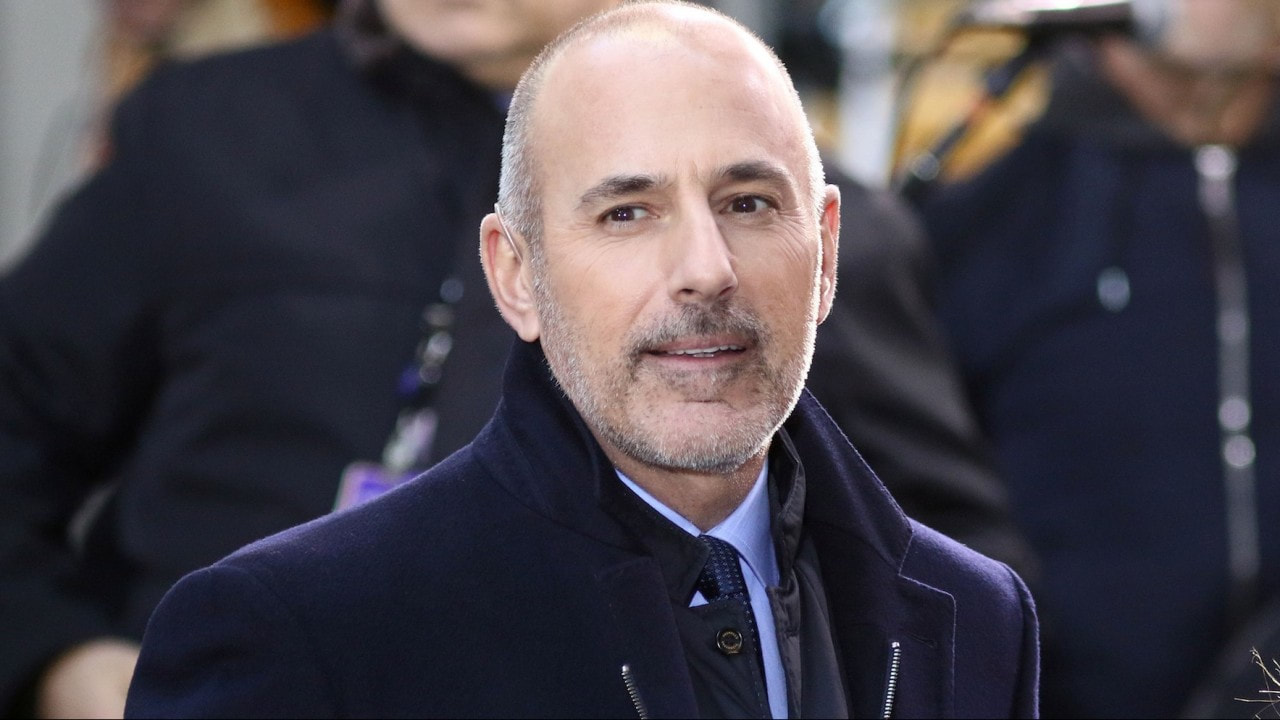


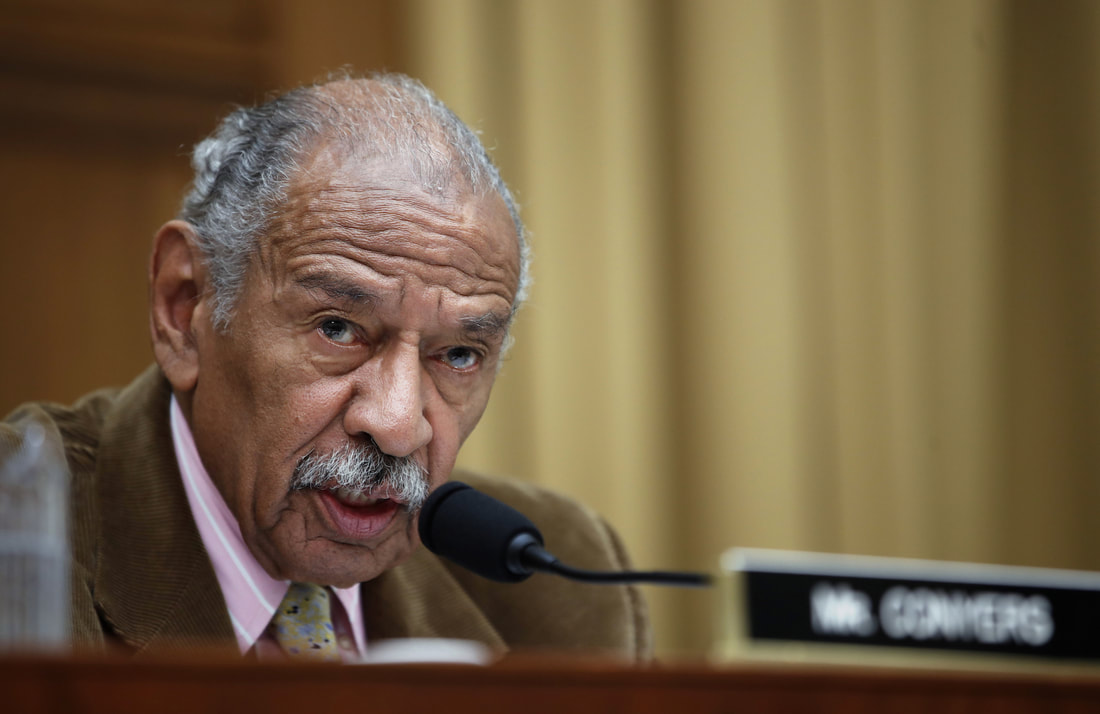
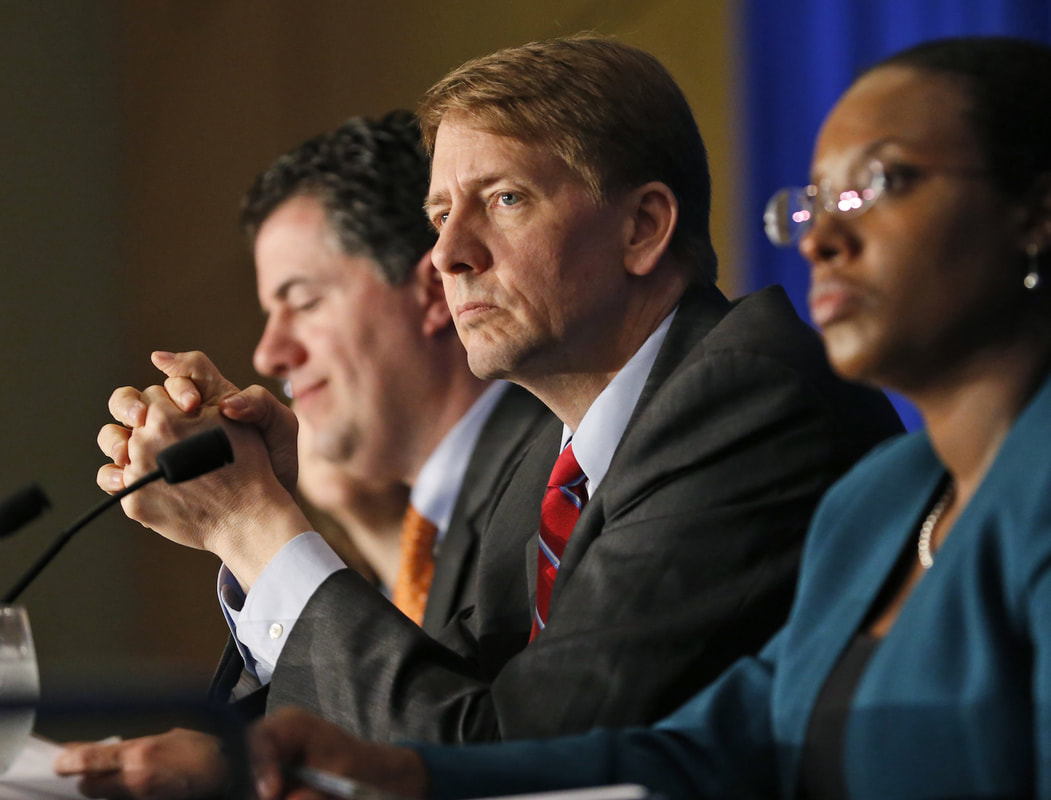
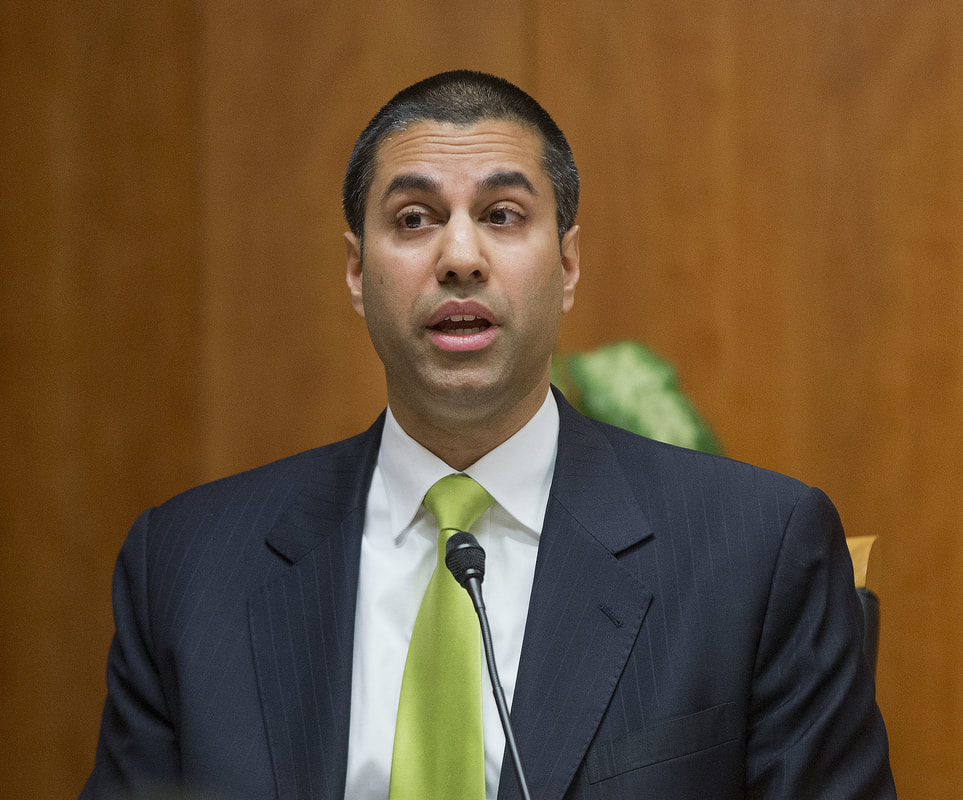
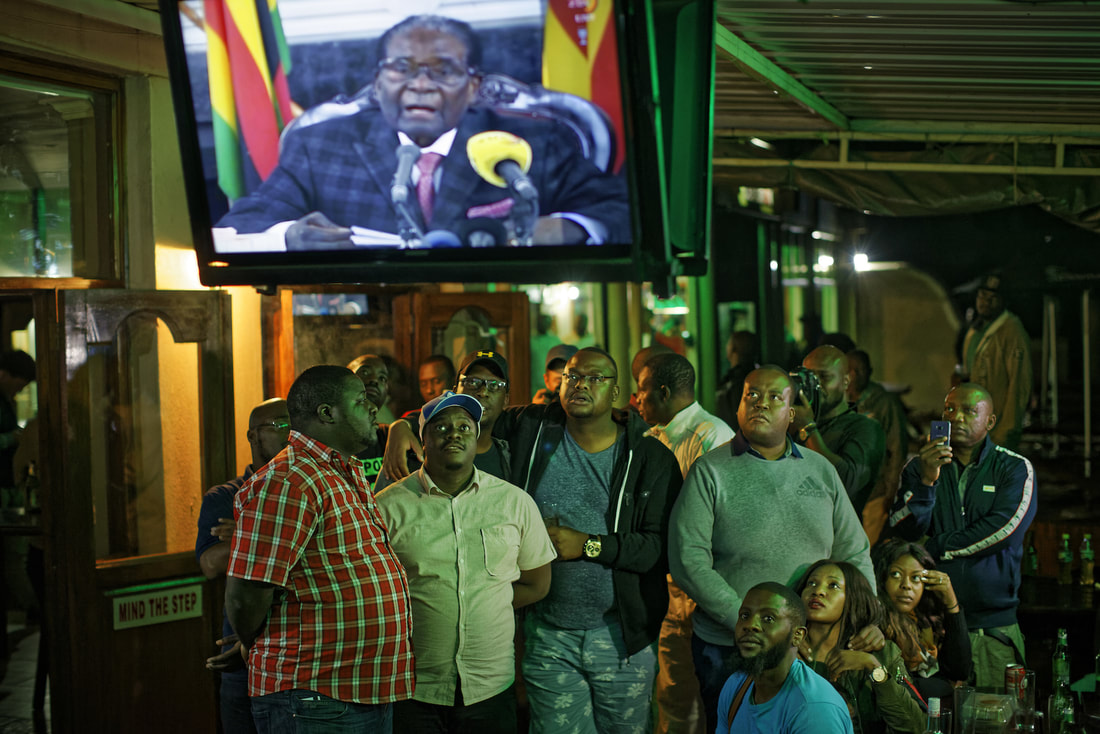
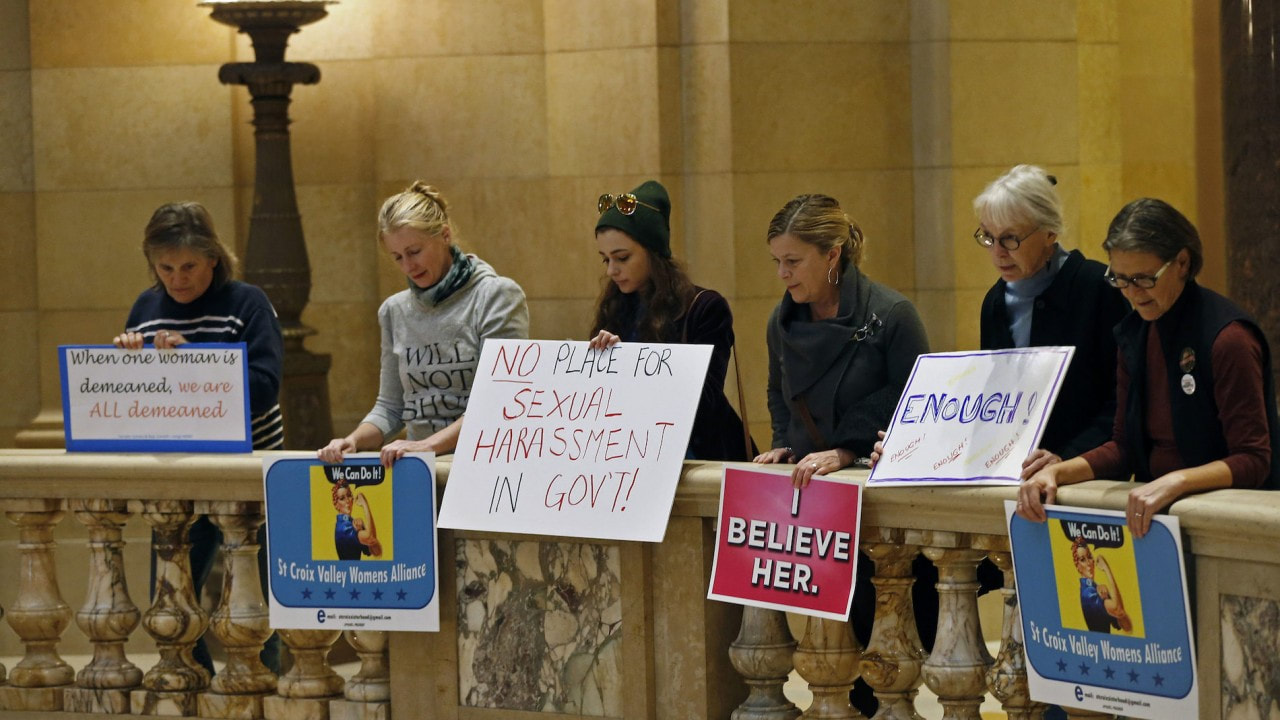

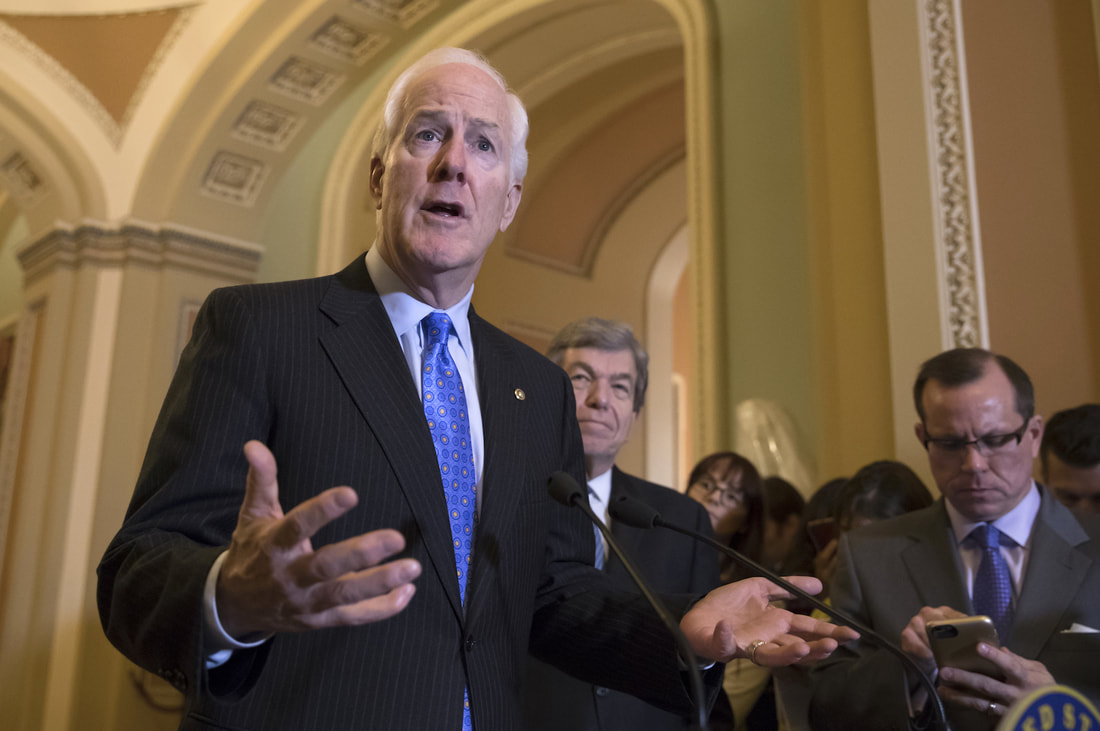
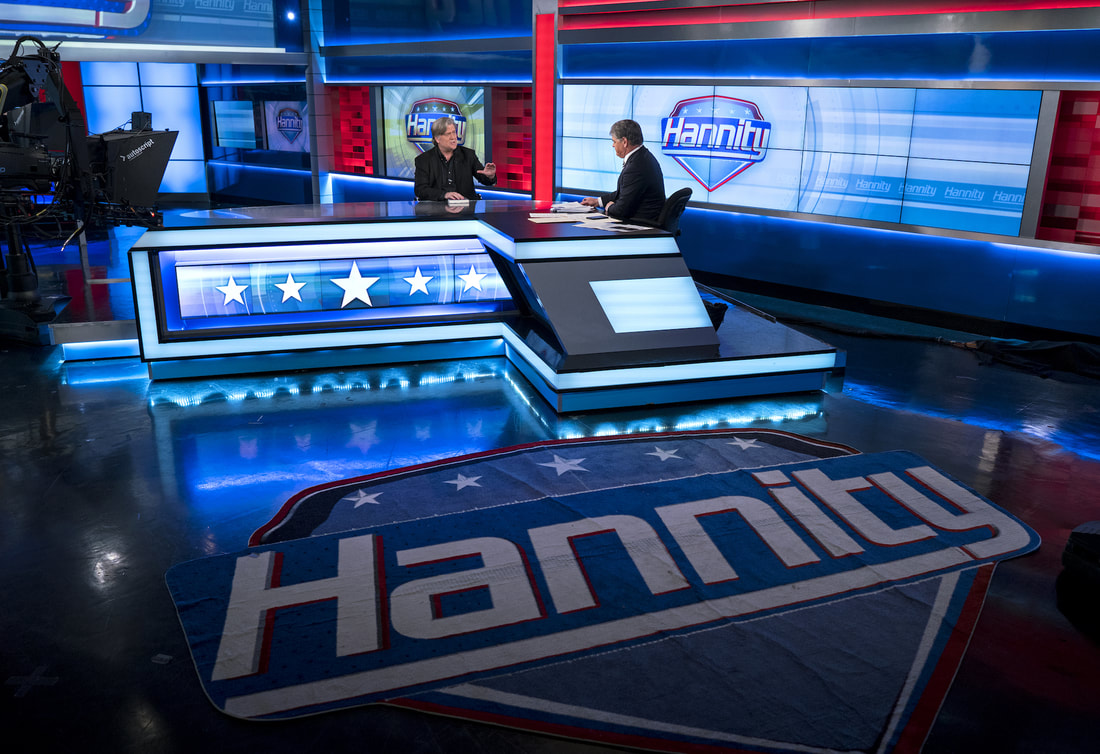

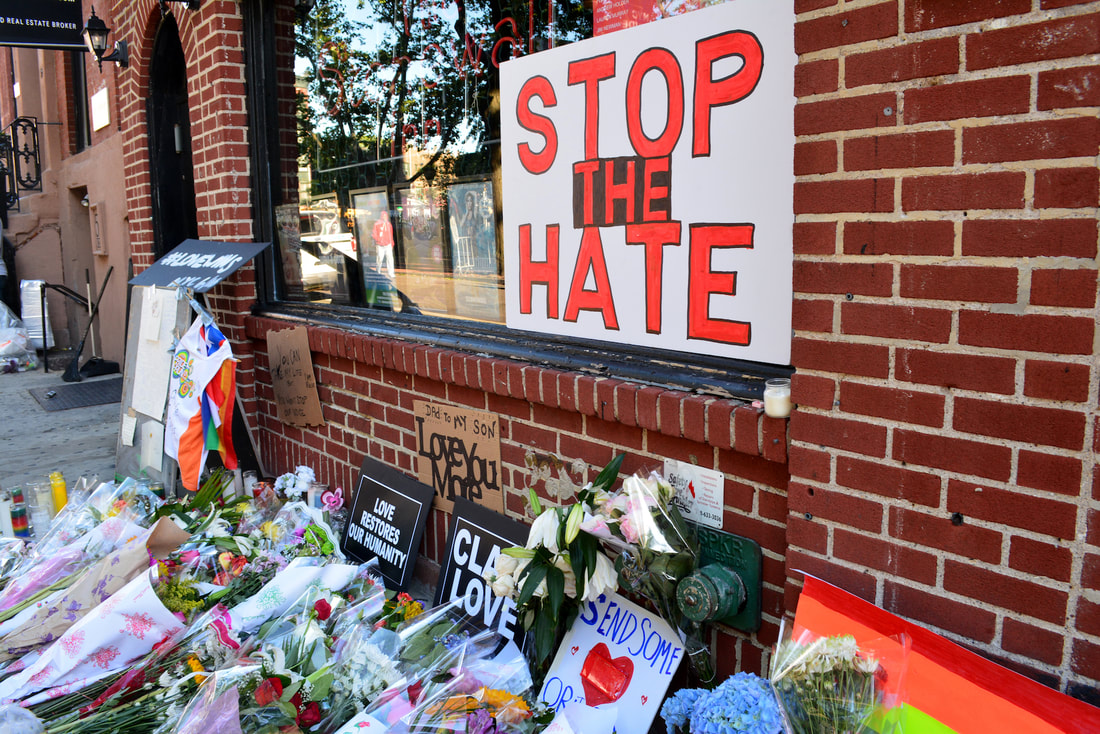
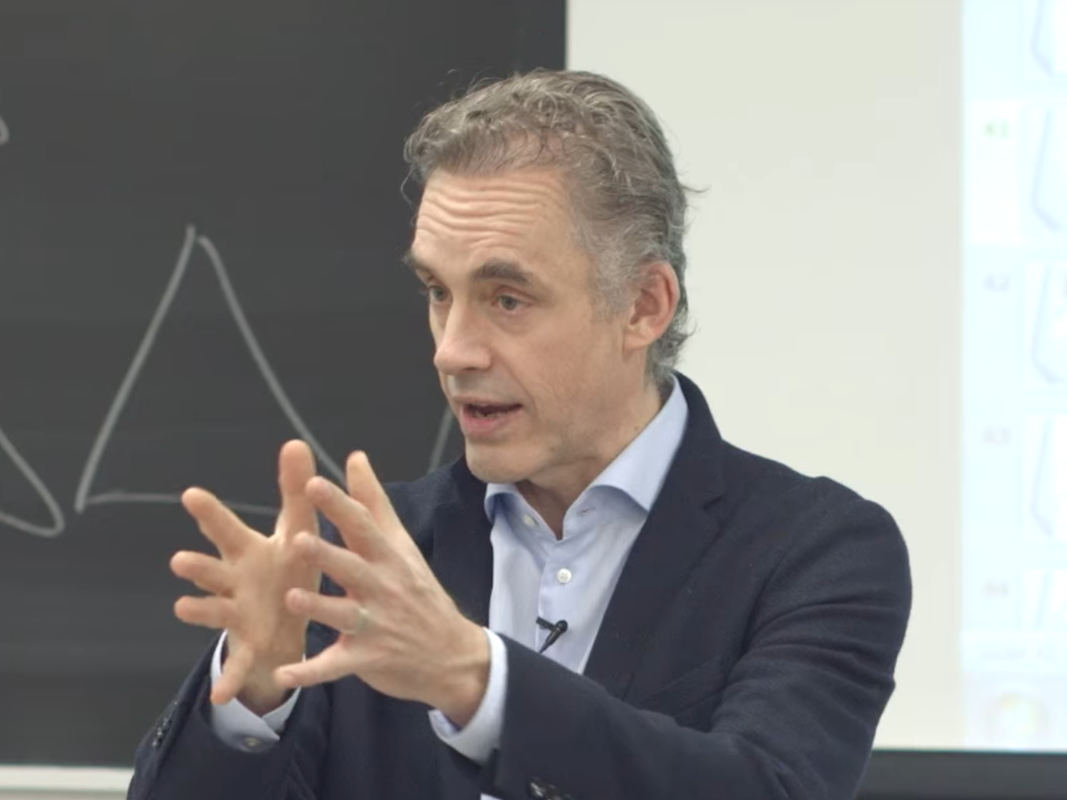

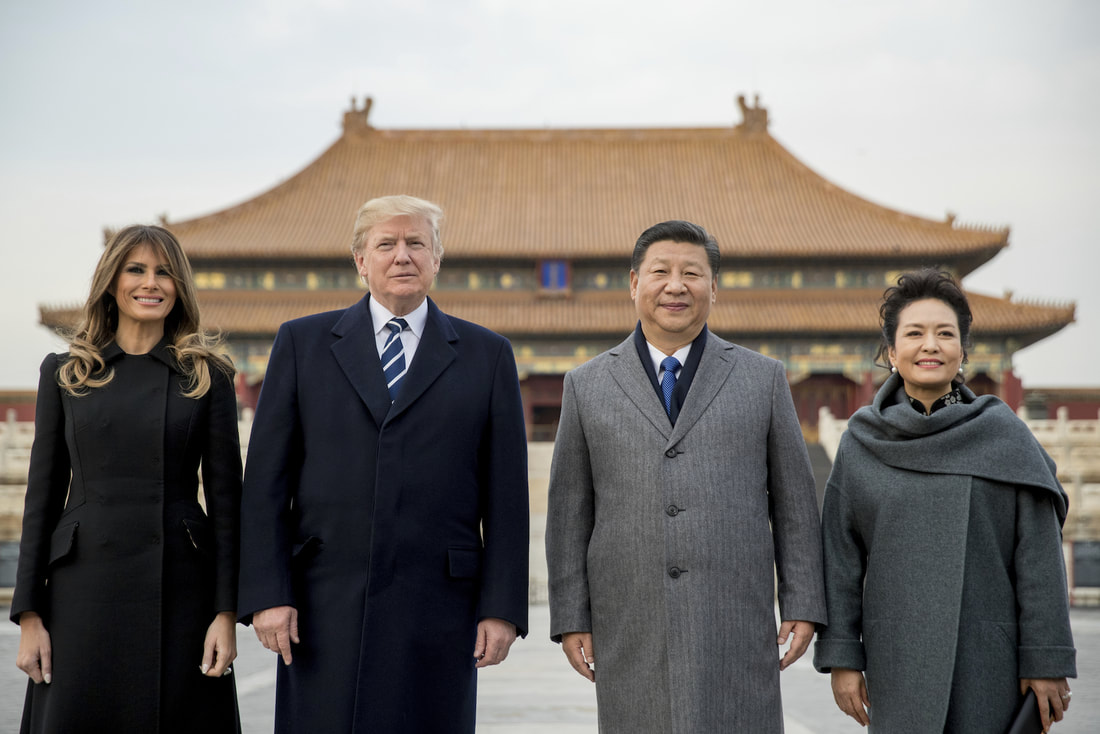
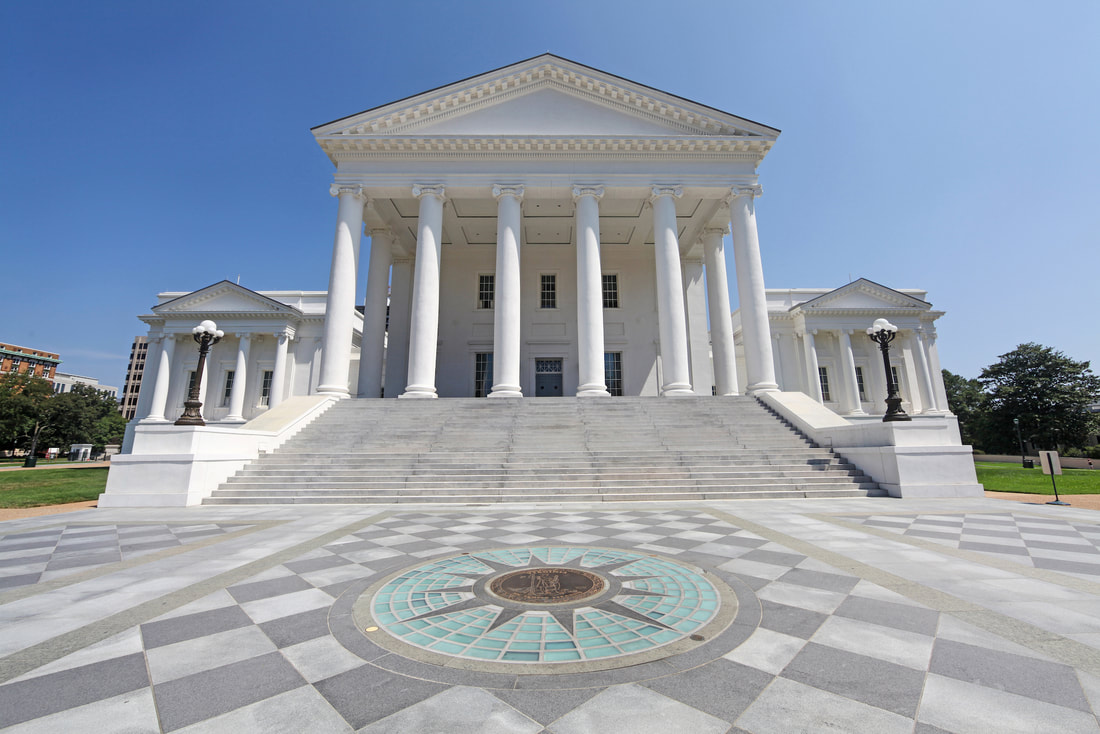
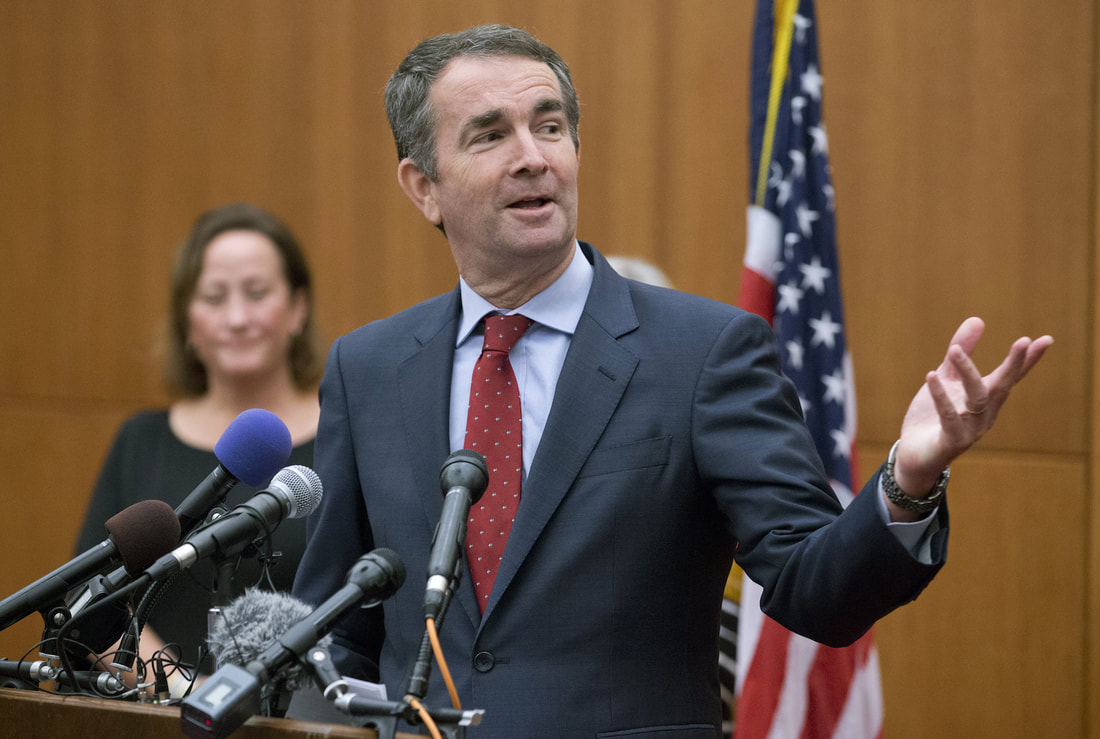







 RSS Feed
RSS Feed